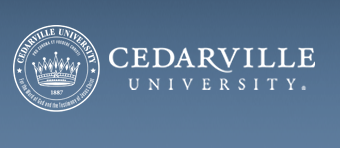Date of Award
12-2000
Document Type
Dissertation
Degree Name
Doctor of Philosophy (Ph.D.)
Institution Granting Degree
Nova Southeastern University
First Advisor
G.W. Abramson
Second Advisor
T.J. Ellis
Third Advisor
M.K. Littman
Keywords
Community college, online classes, traditional classes
Abstract
While distance education programs continue to expand, the occurrence of higher dropout rates in those programs as compared to the same courses offered in lecture/lab settings remains a point of contention between supporters and detractors of non-traditional forms of education. This study used a foundation of research on dropout in higher education as the basis for an investigation of dropout rates in non-traditional forms of instruction in a community college setting. Course delivery formats studied included videotape-based courses, Internet-based courses, and courses offered in a self-paced laboratory environment. For each of these formats, the same course, offered in a lecture/lab setting was included as a point of comparison. The study considered whether demographic entry characteristics of students, and variables from Kember's (1995) model of student progress such as social and academic integration, external attribution, or academic integration differ between the different instructional formats.
Independent sample t-tests were used to compare variables between alternative format courses and equivalent courses taught in a classroom-based setting. Similar comparisons were made between those students completing and those not completing the course in the given instructional format.
Persistence rates were higher in the on-line course format than the equivalent courses in classroom settings. Self-paced and videotape-based courses had significantly lower persistence rates than their classroom equivalents. Of all the major scales from Kember's (1995) model considered, the only statistically significant difference was that students in classroom-based sections showed higher external attribution scores than their counterparts in on-line classes. None of the major scales from the model and few of the sub-scales were significantly different for comparisons within self-paced or videotape instruction or between those forms of instruction and the equivalent classroom-based courses. Of the demographic variables considered, measures of previous success in the college environment did prove to be an indicator of success in the current coursework.
Results indicate that the model did not effectively predict persistence in the courses studied and is not effective in providing insight to improvements in those persistence rates. Recommendations for future study suggest that the focus be shifted from student characteristics to course characteristics and effective instructional tools.
Creative Commons License

This work is licensed under a Creative Commons Attribution-Noncommercial-No Derivative Works 3.0 License.
Recommended Citation
Runyan, Andrew A., "Persistence Differences in Community College Courses Taught in Classrooms and Through Alternative Formats" (2000). Faculty Dissertations. 1.
https://digitalcommons.cedarville.edu/faculty_dissertations/1


